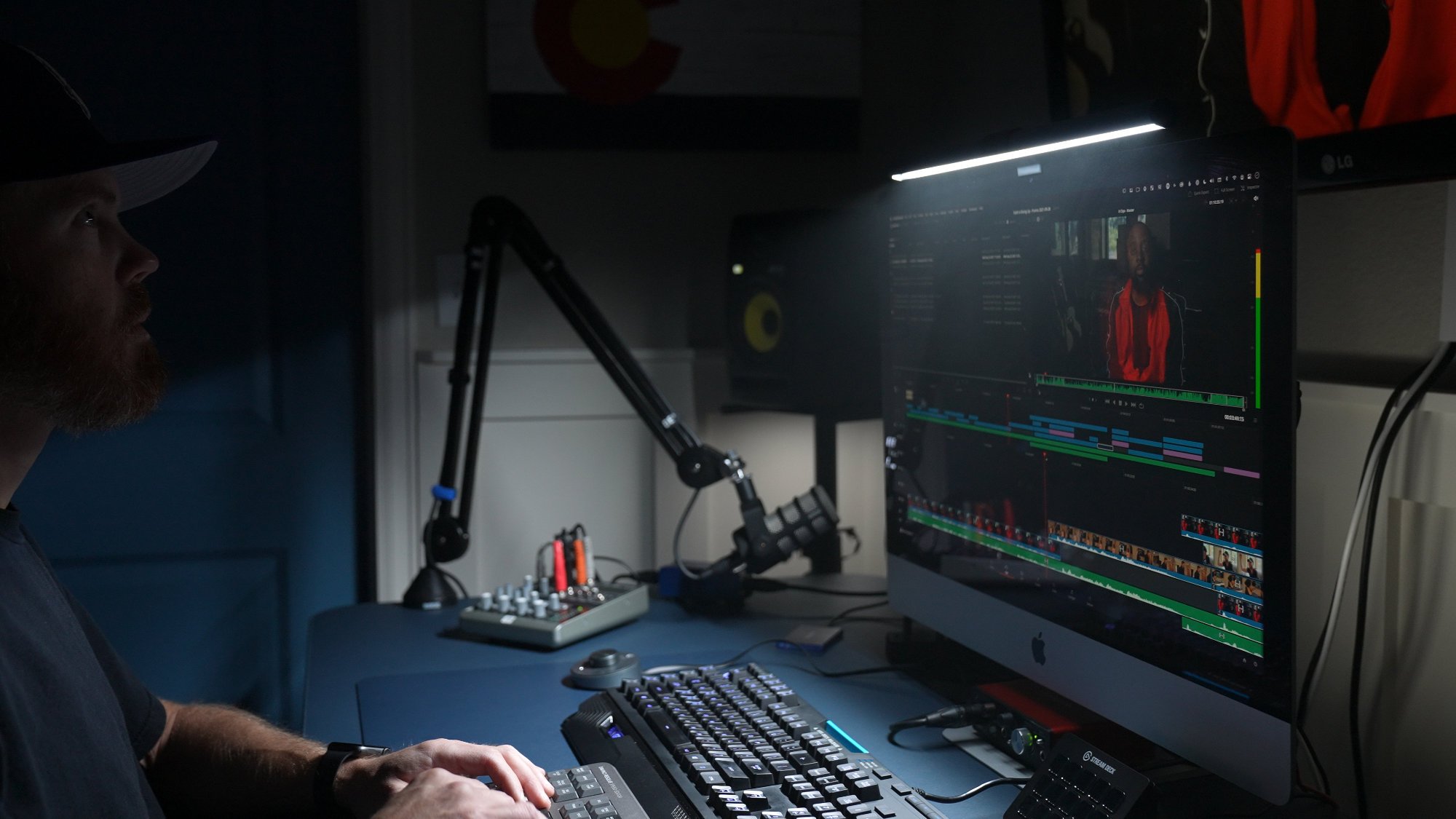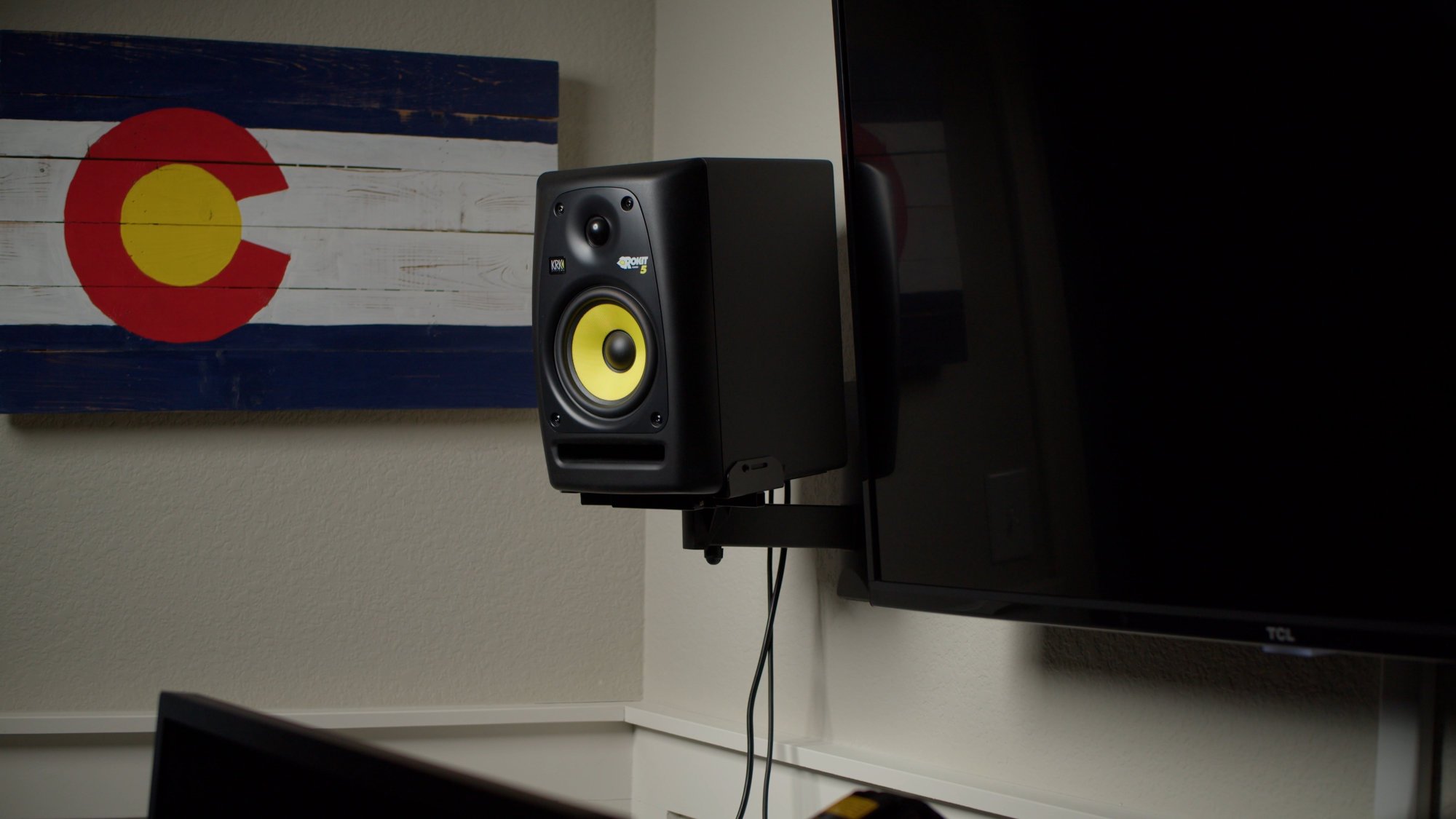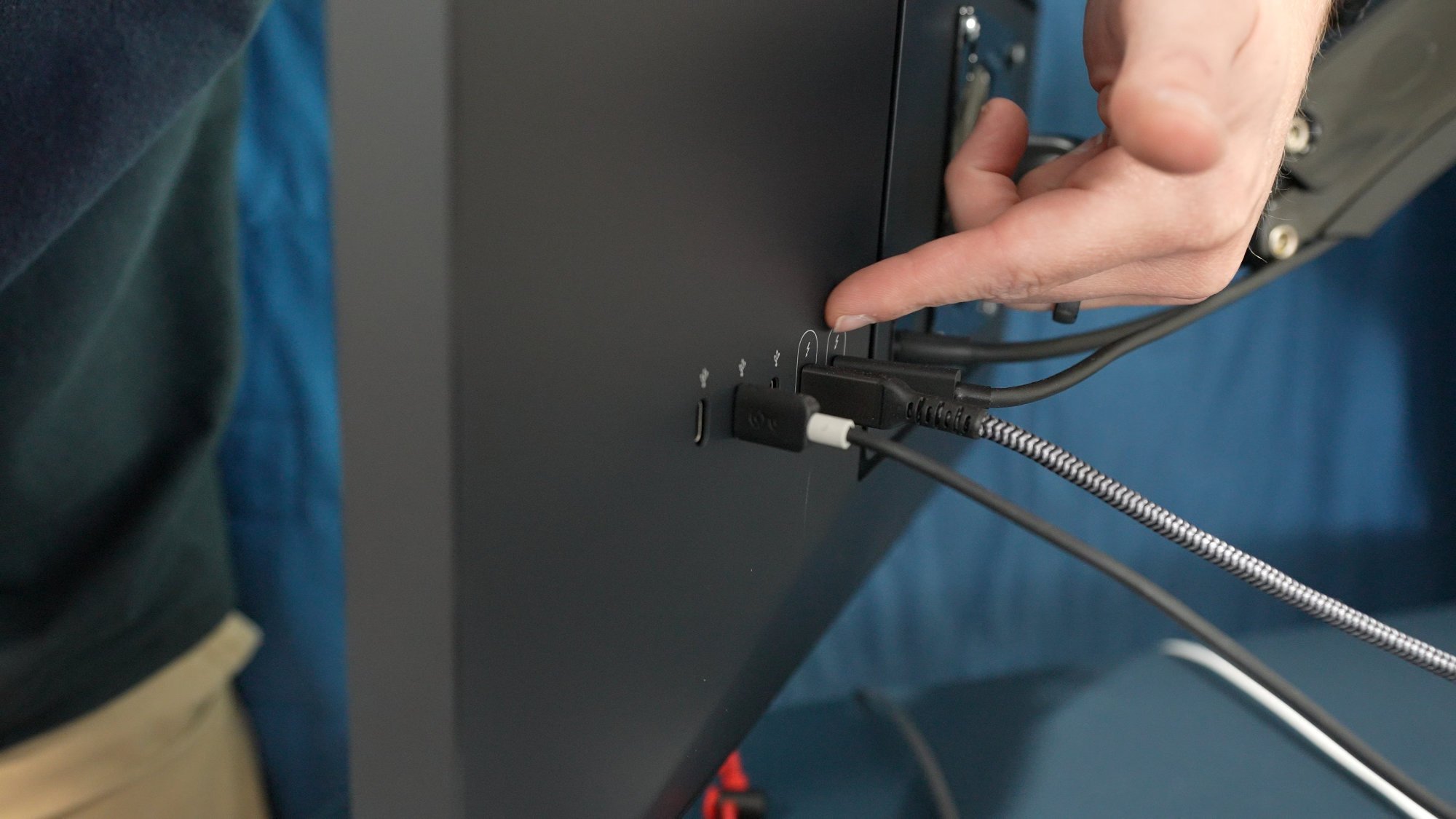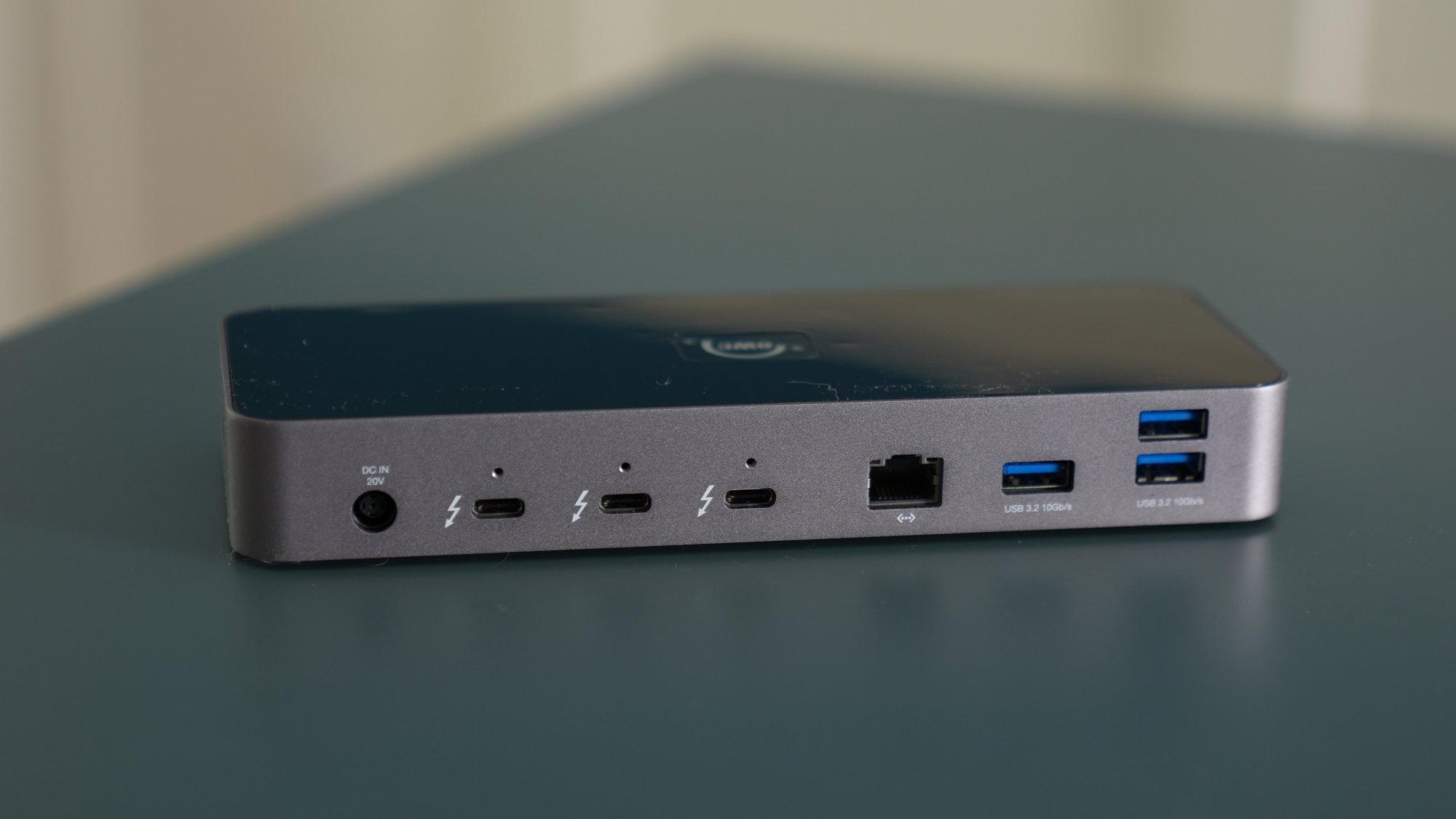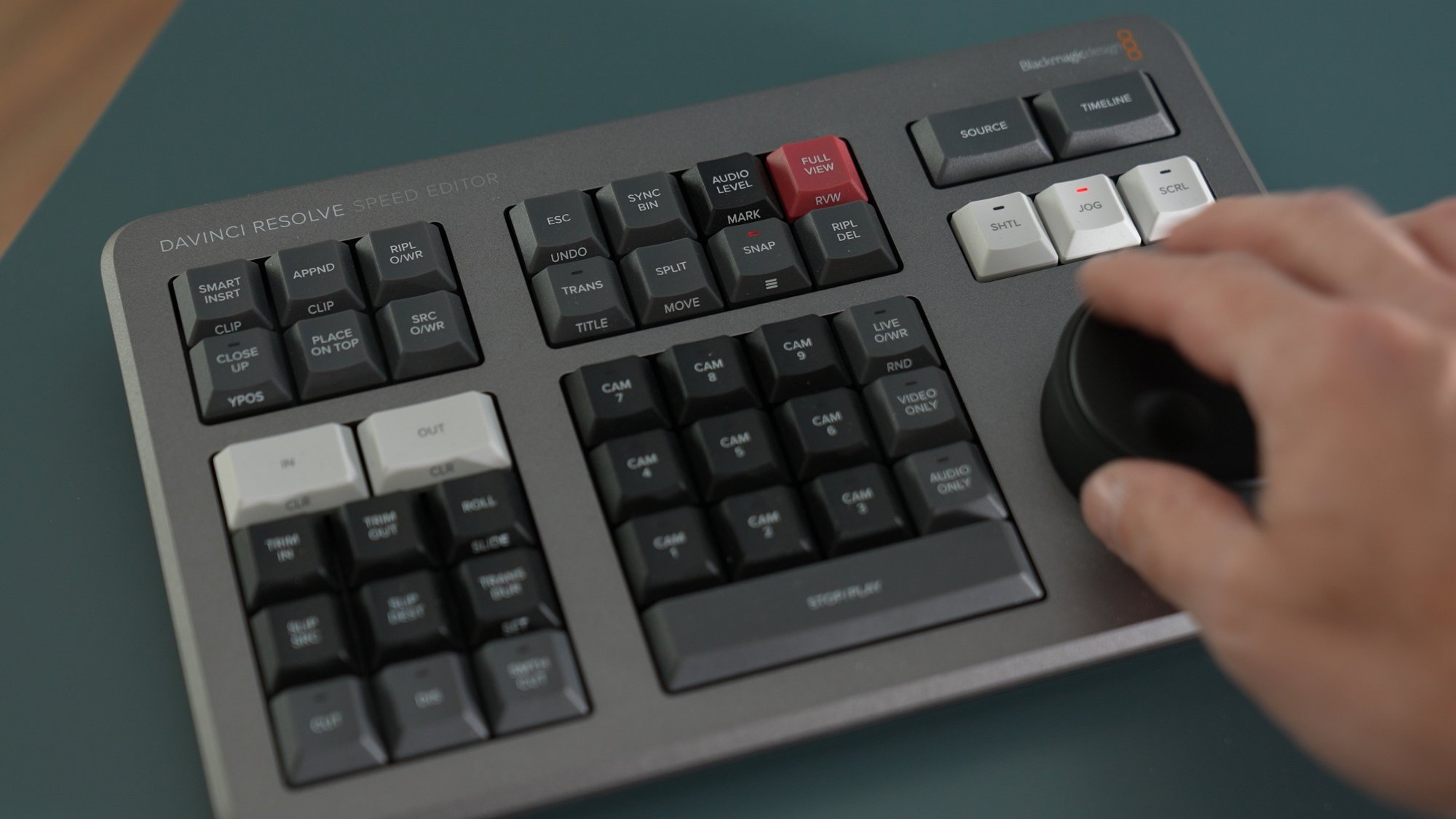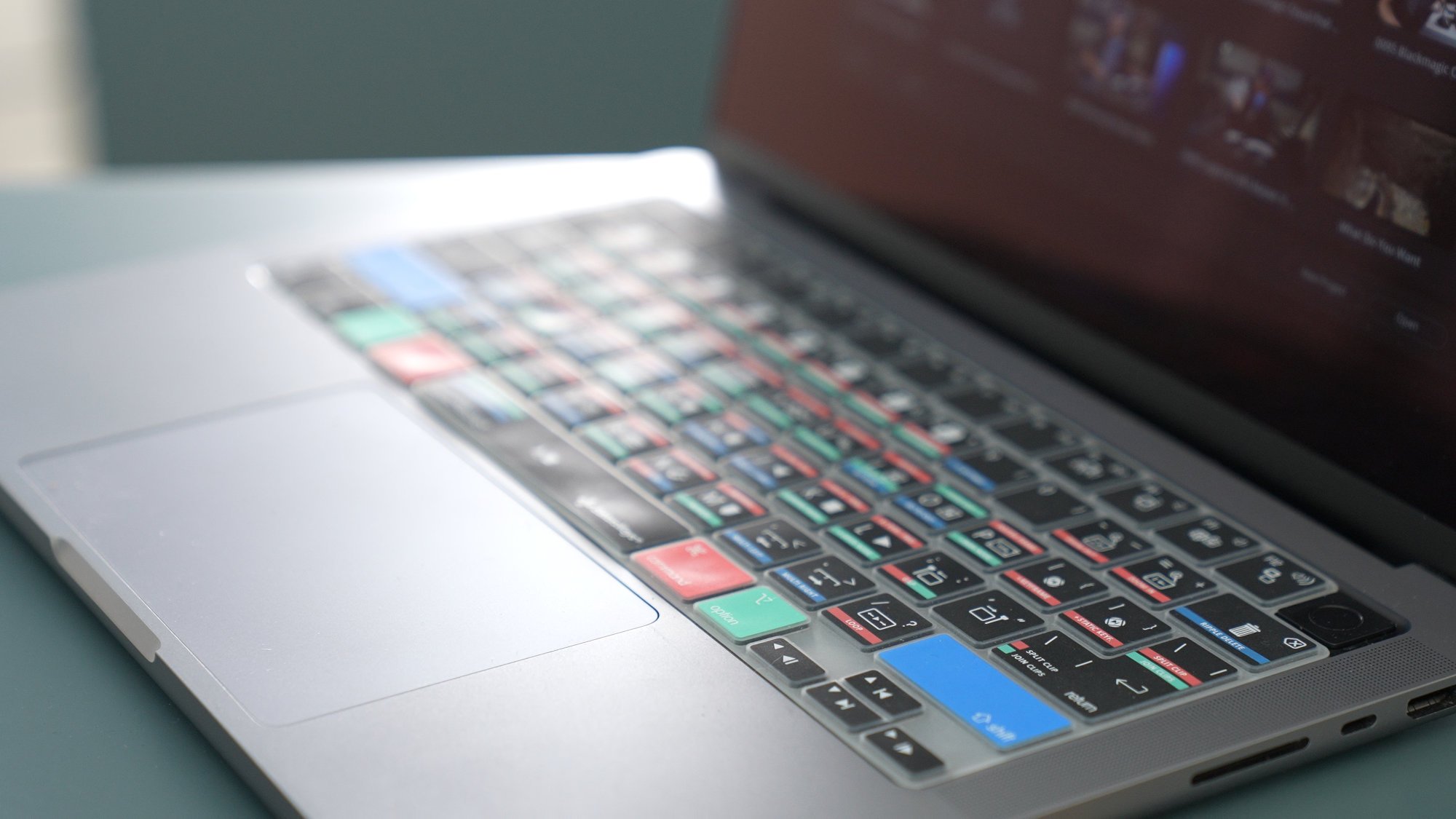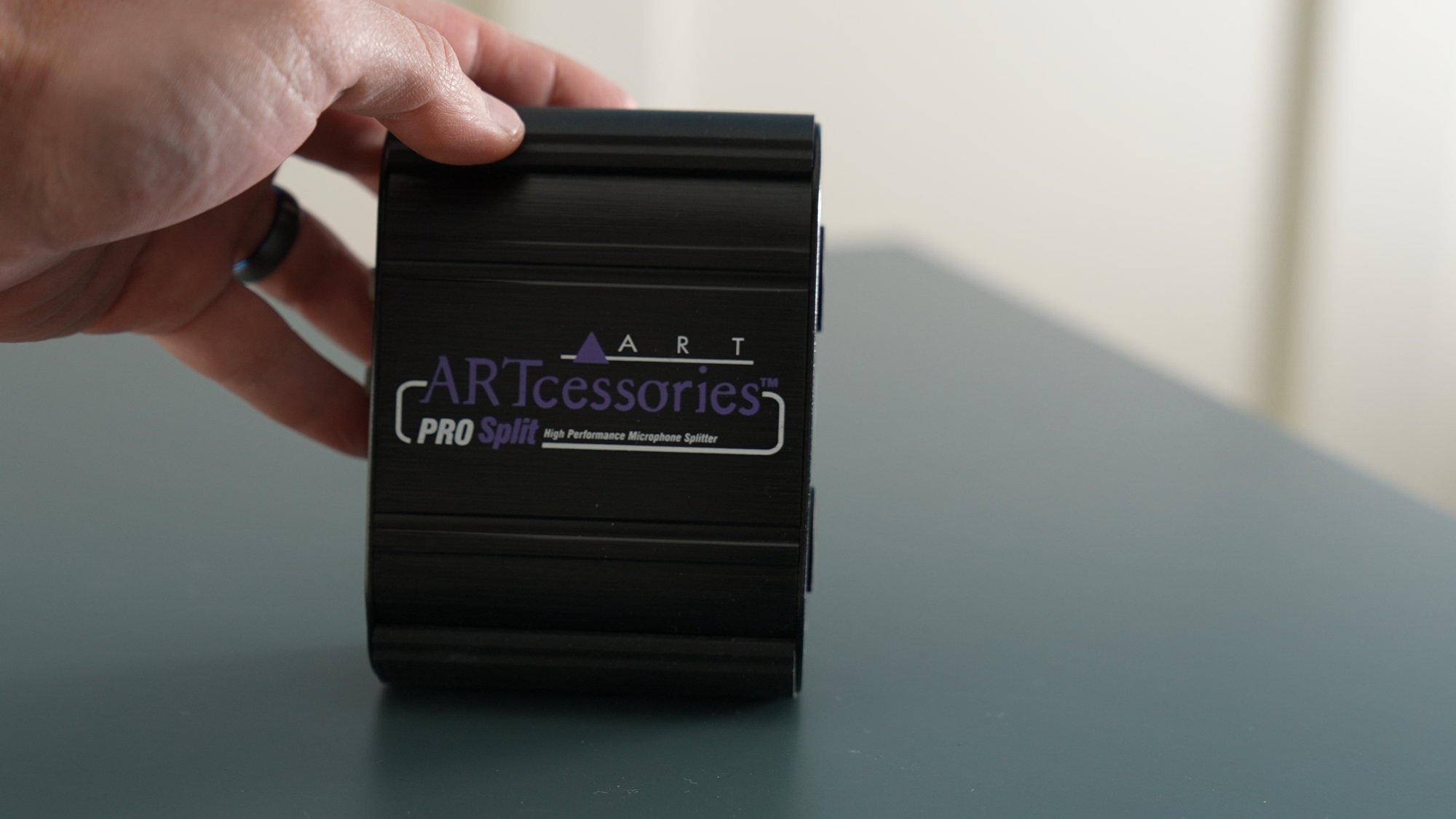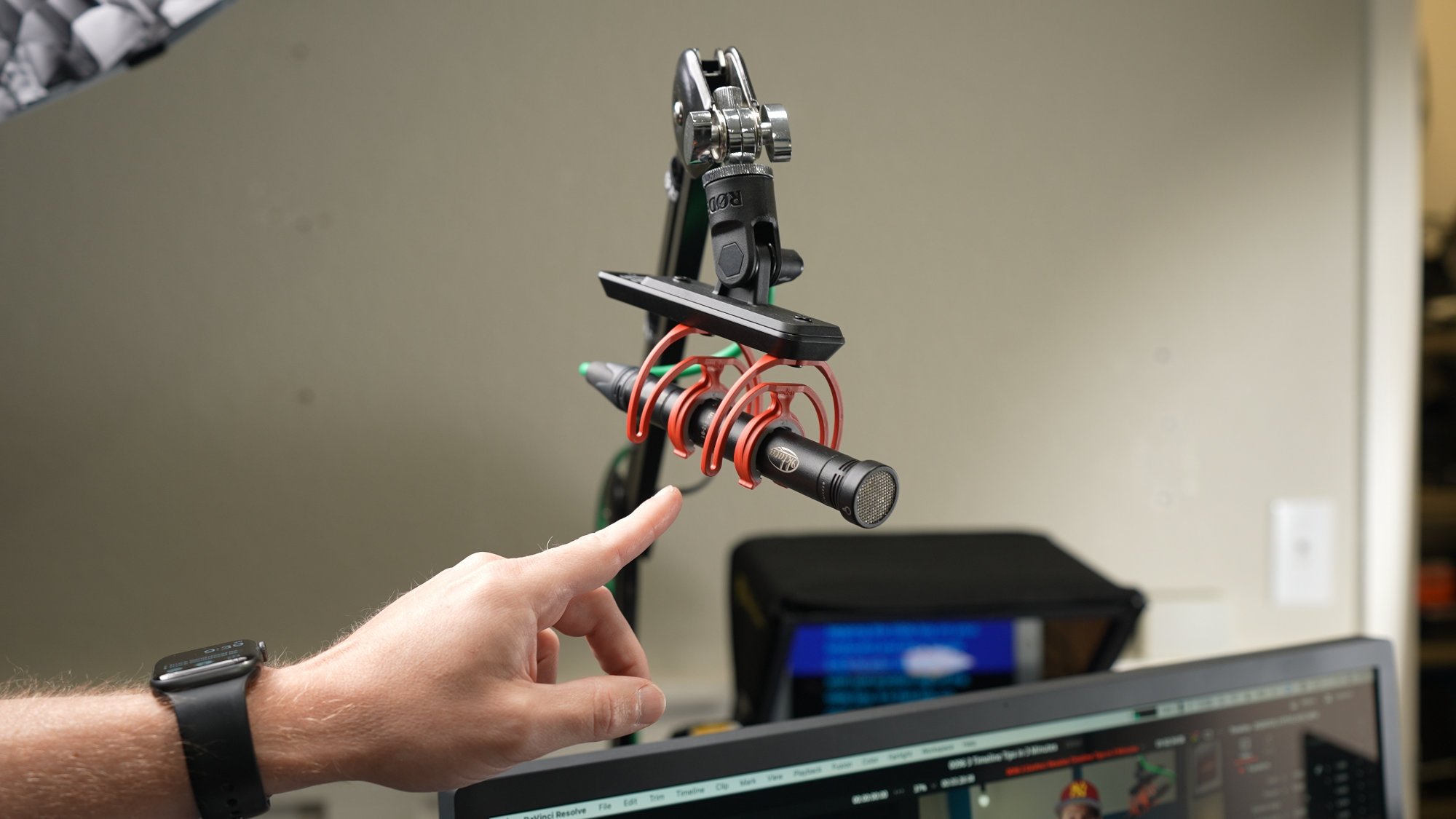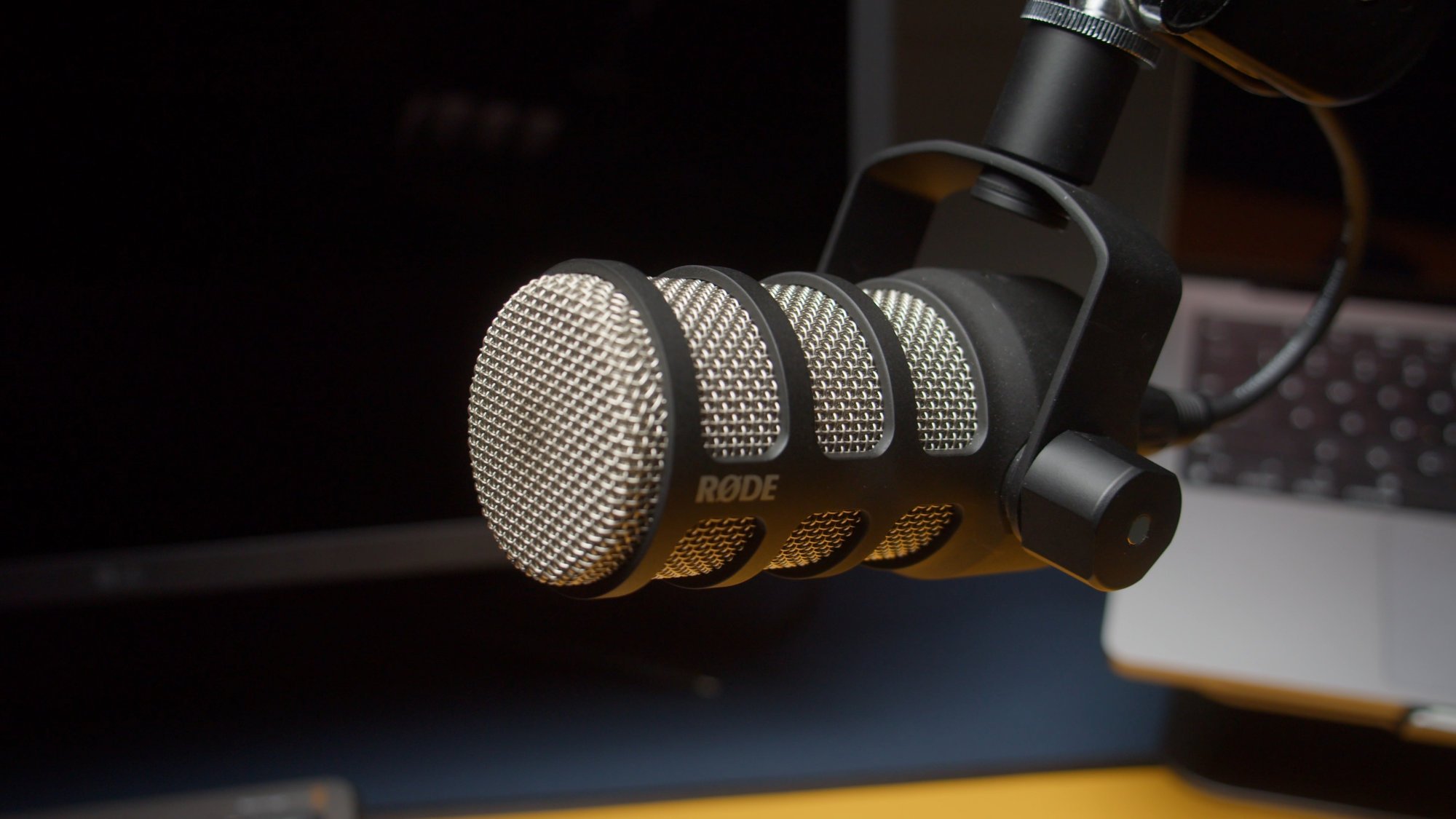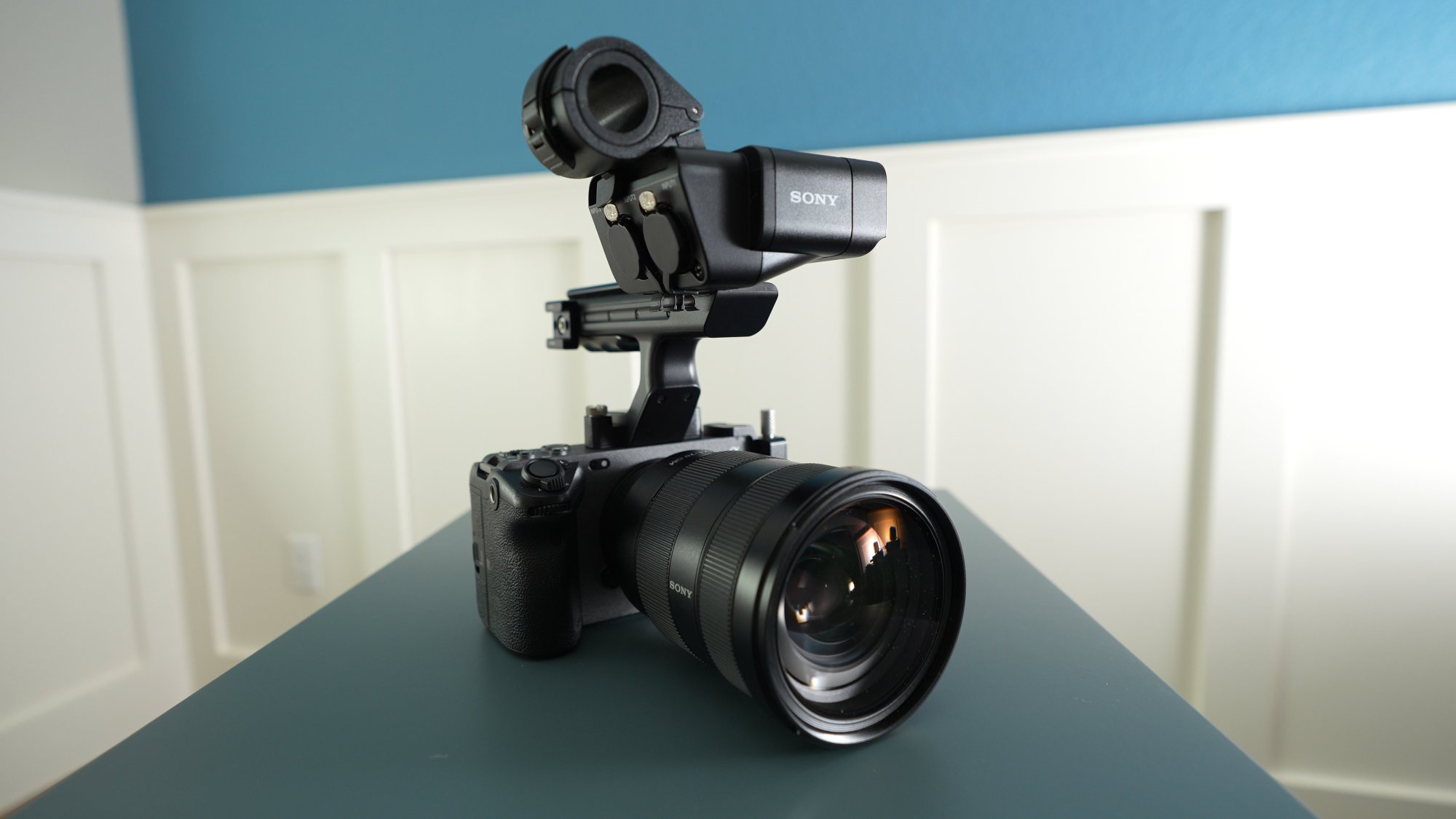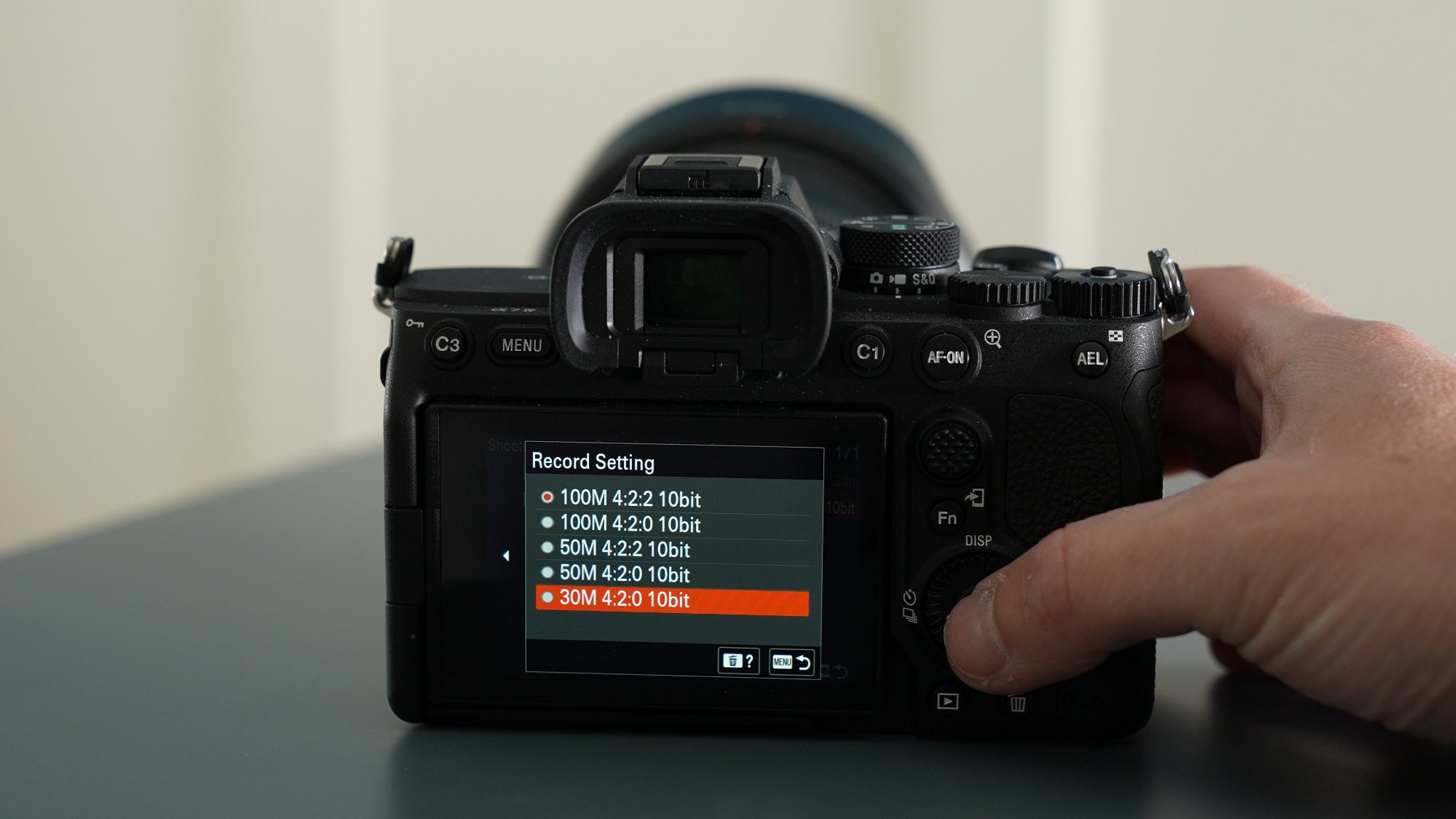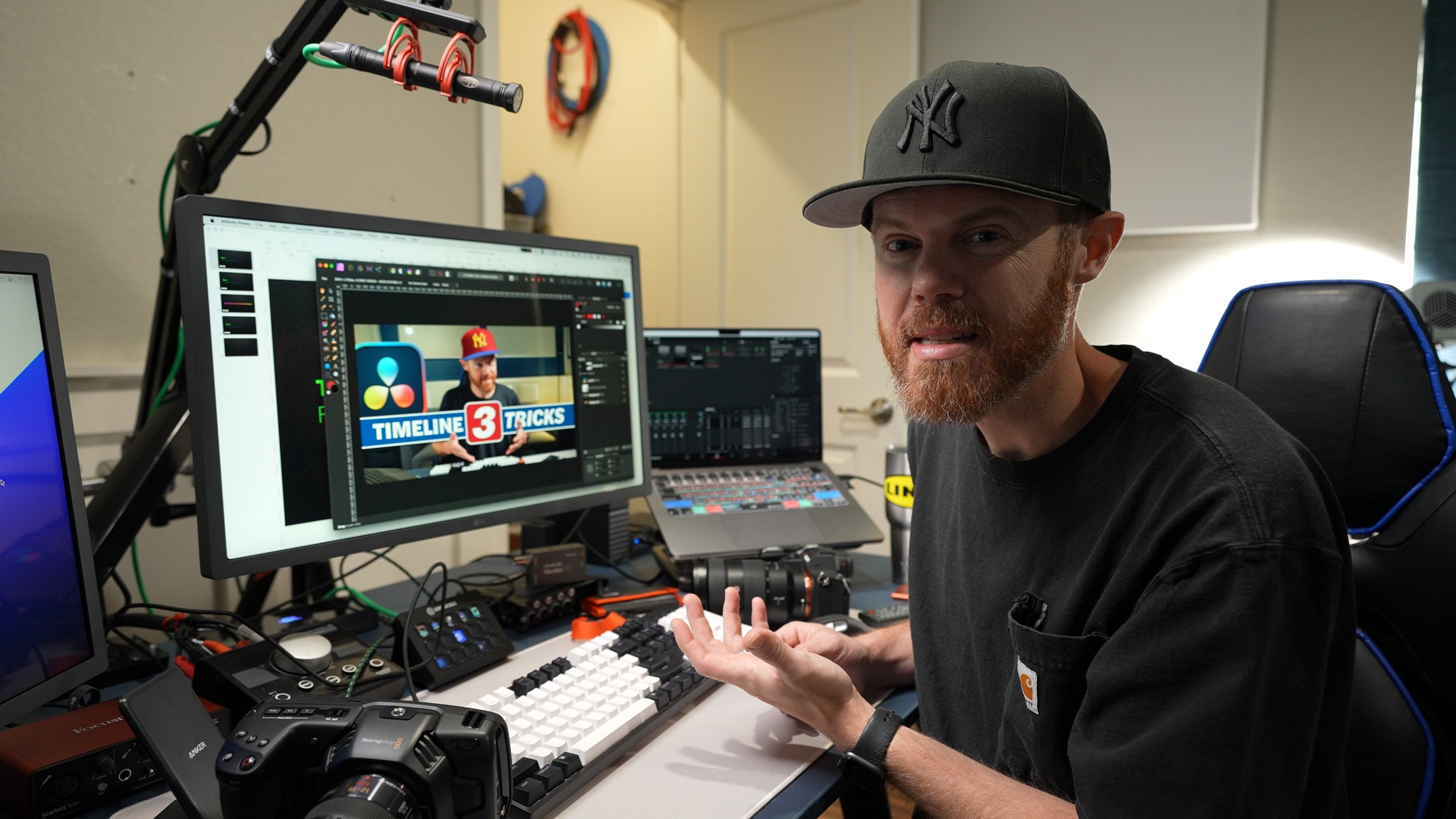YouTube Studio Tour & Teardown
This is the last one in this office, edit suite, YouTube studio… whatever you want to call it, because I’m moving across the country from Colorado to New York.
So instead of a typical tutorial or review I want to share with you the behind the scenes look at the space I have loved creating videos in and the gear I use to help make it happen.
Desk Setup
One of my favorite new pieces of kit for the desk setup is this HDMI Headless Plug that allows me to record 16:9 screen recording on a Macbook Pro, which has a 16:10 screen resolution. For a clean feed or broadcast output from my M1 Max Macbook Pro, I use an inexpensive consumer-grade TCL 4K TV to help me see the small details much easier since they're bigger. And then for listening over speakers, I am still using my trust KRK Rokits which I've been using for over a decade, although I have changed out the capacitors over time.
I have found the LG Ultrafine Thunderbolt Displays for my computer monitors to be the best quality and bang for the buck, especially over the new Apple Studio monitors. I have the 24" 4K models because they offer more throughput with an extra thunderbolt pass-through and hub, which you don't get with the 27" 5K model, which is much more popular, but nearly twice as expensive.
The OWC Thunderbolt Dock has made it so that I only need to plug in one thunderbolt four cable into the MacBook Pro but still have access to all the peripheral devices I need to work with daily.
I have the LG Ultrafine displays on these Monitor Arms from Huanuo and use two of them so I can place them anywhere I need to, and they clear the desk space that the monitor stands would have taken up.
An old iPad 6 get used by the teleprompter app Promptsmart Pro App to help me deliver concise tutorials on DaVinci Resolve with not a single extra word that might waste your precious video editing time. The cool thing about Prompsmart is that it can listen to your voice while you speak and move along with it, and it also pairs with your phone, so you can do resets without reaching up to move the script around on the iPad. The actual device I look through for the teleprompter is the Glide Gear Teleprompter. I chose this over a popular smartphone model because it's a bigger size and wasn't too much more expensive.
For swapping between applications on my computer or even programming some extra shortcut keys, I have enjoyed learning and getting used to the Streamdeck from Elgato.
My keyboard of choice at the moment is the Keychron C2 Keyboard, which has brown mechanical switches and is very satisfying and responsive to editing video. This is not far from the DaVinci Resolve Speed Editor, one of the most fun, creative tools I've ever worked with. It allows me to shuttle and scroll through footage with a wheel, just like I was working with an old tape deck, editing tape to tape. This brings back memories of my first days working in a machine room at a postproduction house. I travel with the Speed Editor keyboard with this Pelican Case and have made a video about it that you can find here.
The Logitech MX Master 3 mouse is by far the best mouse experience in terms of comfort, battery life, and overall experience I've ever had. And I've used a lot of mice! This video shows you how you can customize the buttons on it.
The computer I currently use as my daily workhorse is the M1 Max Macbook Pro. 14" in space grey with a 2TB fast internal SSD, 64GB of memory, and the 24 core GPU. It's by far the best computer I had.
And then, most of the time, the MacBook lives on this Bestand Laptop Stand. This stand is great because there is the perfect spot to store the DaVinci Resolve Speed Editor when I'm not using it and need more desk space.
The desk I use is the Ikea Bekant, the biggest one they have, and I love the blue top. Ikea Alex Drawers live in the background and have been extremely helpful in organizing all of my commonly accessed YouTube filmmaking equipment. The secret sauce to making the Ikea desk so flexible in adjusting the setup is putting it on caster wheels. The Aagut 2" M10x25mm Caster fits perfectly in the pre-drilled and threaded bases of the Ikea Bekant desk and has been a lifesaver for small and easy desk moves.
One of my favorite portable external SSD hard drives is the Samsung T7. I use several of them and travel with them using this clamshell SSD Case.
Blackmagic Design has a tiny Ultrastudio Monitor 3G, which sends a proper broadcast 1080p signal to my TCL TV over thunderbolt. A cool thing about using a device like this that nobody talks about is when you're rendering out video or making dailies, you can see the progress on this output as it bakes new files. This helps you see issues as they arise rather than after the fact. And then, the best way to plug in all those SSD drives is using this specific USB 3.2 hub, the Startech 10Gig Hub. There are so many USB hubs out there, and most of them suck. This one is great and, more importantly, fast!
An Elgato Camlink 4k lets me use any camera that has an HDMI output as a webcam on my mac. This is great for zoom calls and can even be used with screen recordings on Screenflow. I have noticed a slight color difference in the recorded stream, so I typically only use this for conference calls and remote meetings. The Logitech G910 is an excellent secondary mechanical keyboard that has extra programmable macro keys, not unlike the MMO gaming mouse - the Logitech G600. For the price, the G600 wired MMO mouse can't be beaten for offering so many custom buttons to program video editing shortcuts. I have a video all about that here.
Speaking of shortcuts for DaVinci Resolve or Final Cut Pro, Keyboard Skins are a great way to learn to edit faster, and I have several from KB for various keyboards. I must admit, what I love about them the most is that they keep my keyboards clean. And then one more input device that is awesome to have, especially for Photoshop or Affinity Photo brushes and any painting and roto tasks, is the Wacom Intuos tablet to give you pen control on your content.
For networking gear, the Blackmagic Cloud Pod has been my favorite new video editing product of 2022. This device quickly turns an off-the-shelf SSD (or any disk) into a network-attached storage volume to share with another editor in the same facility or, in my case, home studio. It also has the unique superpower of syncing only proxies over to Dropbox without needing to manage the location of those newly created proxies. This is ideal for collaborative workflows. I rock Western Digital 18TB Drives and run my network with Ubiquiti devices like this ten gig ethernet switch Ubiquiti 10G and very soon, the Dream Machine Pro Special edition from Unifi.
Audio Gear
Audio gear is my guilty pleasure as of late, and this Mic Signal Splitter from Artcessories is one of the coolest gadgets I learned about a few months ago. It lets me use one microphone and simultaneously send it to a camera and my computer. This way, I'm not changing microphones between talking head segments and screen recordings, and I can sync the two up in Screenflow or DaVinci Resolve. One mic sent to two devices - brilliant!
The Focusrite Scarlett Solo second generation has been my primary audio interface for many years. It's nothing special but gets the job done for a single microphone and sends sound out to my speakers. However, new to my kit is the 32-bit capable Sound Devices Mix Pre 6 II. This is probably the one-and-done audio interface for any YouTube content creator. It has pro-quality pre-amps, can record six different microphone inputs, and has the fancy new 32-bit float technology recording capability, which makes clipping audio pretty much impossible at the recording device stage. I love this thing!
The Octava MK012 is one of the best underground but great small-diaphragm pencil condenser microphones on the market. It is made by a Russian company and has a sound way above its price point. The advantage to using the Octava over a shotgun microphone is that you don't have any issues with the reverb of your own voice bouncing back off the wall and canceling frequencies out. In most medium to small interiors, this type of microphone will generally sound best. I'm a fan.
The Rode PSA1 Boom Arm holds my microphones in place and is flexible enough to position them anywhere I need them. I control my speaker volume with the Mackie Big Knob since the Scarlett solo doesn't have an independent headphone and speaker monitor dial. The Beyerdynamic DT900 Pro X Headphones have allowed me to mix audio in headphones with a reliable and flat sound for the first time.
I like to use Canare XLR Cables because they don't suck like so many of the XLR cables you'll find on Amazon. They also come in various colors, which can help give your YouTube videos some interest or identify the length. Two of the best-value dynamic microphones I use are the Shure SM48 and Behringer XM8500. Dynamic microphones are ideal when you can't control the sound in the room you're working with because they just don't pick up as much as a condenser microphone like the Octava MK012. They also sound more like a radio announcer. For a tiny fraction of what a Shure SM7B costs, you can get a similar sound and performance with either the Shure SM48 or XM8500.
You'll quickly find out that dynamic microphones need more gain, and if you don't have an excellent quality preamp like the sound devices mix-pre series, then a microphone boost like the Klark Teknik CT1 or Cloudlifter can come in very handy. They amplify the signal with "clean gain" to make the microphone louder using phantom power.
A few of my other microphones worth mentioning that are unique are the Deity D4 Duo, which doesn't require a battery and has a capsule in front and behind, so it's great on camera for vlogging. The Zoom H1 can be used as a body pack for when you can't rely on a wireless lavalier transmission kit, and the Podmic was the first dynamic microphone I used on Creative Video Tips, and honestly, I think it looks cool (it sounds ok).
If you've been around video production for a while, you probably already have and own a Rode Videomic Pro. It's a decent mic but does require a 9-volt battery to power it, this can be good and bad, but the problem I always had with this microphone was remembering to turn it on or off each time I was filming. The Rode Lavalier 2 is my go-to lav mic and what this whole behind-the-scenes walkthrough uses. I love this mic because the cable is just the right length and feels more robust, so I know it can take a beating. The Rode Wireless Go II is great for wireless transmission, and the Sennheiser AVX is how this video is being recorded directly into the Sony FX3 with the XLR handle for simplicity. And then all my lav mics are kept in this lens filter pouch from Ruggard Lav Organizer to stay organized. It even holds the Rode Mic Drop to make wiring any talent or interview up very quickly and non-obtrusively.
Cameras and Settings
I have thankful to have access to three fantastic cinema and photo cameras. The Sony FX3, Sony A7IV, and Blackmagic Pocket Camera 4K serve different purposes for the channel and any side projects I do. The FX3 is my workhorse video camera. The A7IV is my B camera, and I love the photo capability and the synchro scan shutter ability to remove flicker in any lighting condition. And then the Blackmagic Pocket 4K has the BRAW codec, an easy-to-edit and super flexible raw codec that plays fantastic in DaVinci Resolve. The pocket 4K is less run and gun-friendly but creates a unique and beautiful image.
The setting I use most often for YouTube content is XAVC-HS at 30M 4:2:0 24p to save file sizes and storage space.
The lenses I use are the Lumix 25, Lumix 12-35, Lumix 35-100, Sony 16-35, and Sony 24-70. And my preferred focal length for most all of life is 35mm on a full-frame sensor. It's just how my eye sees the world.
Some of my other camera-related gear is the Dual Charger from B&H or Watson. This has a USB charging port and two swappable plates for charging two batteries simultaneously from any camera battery type. I use three different backpacks, the Peter McKinnon Nomadic Camera bag, the Peak Design Everyday Backpack, and the F-Stop Loka Backpack, anytime I'm out or on a trail. For over-the-shoulder and staying rigged up with the FX3 on or a cage on the Blackmagic Pocket 4K, I use the Porta Brace FX3 Shoulder Bag.
A Small Rig camera tool is excellent for screwing in tripod plates or adjusting hex screws on grip kits or camera cages. I use the Polar Pro variable ND Filter when filming outside during the day to reduce my shutter speed to 1/50 to get a filmlike motion blur. Oh, and also, this Dewalt Case that you can get from any hardware store is great for miscellaneous doo-dads and grip pieces. For stabilization, I usually use the features built into the cameras, but on occasion, I will pull out my DJI Gimbal.
Lighting
Lighting is one of the best ways to improve your video's quality and production value and doesn't require nearly as much budget as a new lens or camera. Some of my favorite lighting kit is the Godox SL150 II COB light. This thing is bright! It is kind of like a budget version of the Aperture 300D. I soften and direct the light over this with a Light Dome Mini II with the grid on it. This is the perfect size for a small studio where space is premium.
In the background of my talking head, I use a Wyze Floor Lamp. The Wyze lamp is wirelessly controlled with a puck and over my Wyze app via wifi.
The Manfrotto 420B Combi-Stand is excellent for small kicker overhead lights or booming an overhead microphone. For heavier-duty stands, I use Impact C-Stands with the turtle base.
For the background glow, I use a Quasar Light Tube and connect it to a Wyze smart plug for remote control over my phone and schedule it to come on before I get to work in the mornings.
The Backlight Stand comes from Impact, the B&H brand, and holds the Quasar tube with a simple Smallrig Clamp.
And finally, some of my other favorite lighting, gaffer, and grip tools are the Wyze Color Bulb for a wifi-controlled practical hanging background light. The Amaran 60D is an incredibly small, powerful, and excellent quality COB light that I like to bounce with a Beadboard held up by an Impact Quacker Clamp and book lighted through a 7-in-1 reflector held up by a Manfrotto 5001B Stand and Reflector Holder.
Software Applications
Of course, the bread and butter of what I love doing is on the computer, and the software I use to make things happen is DaVinci Resolve Studio 18. Blackmagic Design has the most professional and fully featured toolset for video editing on the market, which is why I love spending so much time with it. On top of it simply being the best, they also have a mindset as a company of making high-level storytelling available to the masses, and I can get on board with that. Hollywood has too much exclusivity, and I believe everyone has creativity inside themselves that the world needs to see and hear.
That said, I still have a soft spot for Final Cut Pro because they have a great way of making complex things simple for a new video editor, which is excellent.
Lightroom Classic is my photo organizational tool, and then I use Dropsync to maintain two identical copies of nearly all my media simultaneously.
Neofinder helps me find and catalog assets over tons of hard drives.
Post Haste sets up pre-defined folder templates to start every new project.
Affinity Photo is the Photoshop killer, or at least its sister. Affinity Photo is how I create thumbnails for YouTube.
And the final software applications I use regularly are Screenflow to record and edit my tutorials. Sony Catalyst Browse will do Gyro Stabilization for footage from my FX3 and A7IV, and Apple Keynote helps to create my title slides.
Affiliate links in this blog earn a commission from qualifying purchases.

